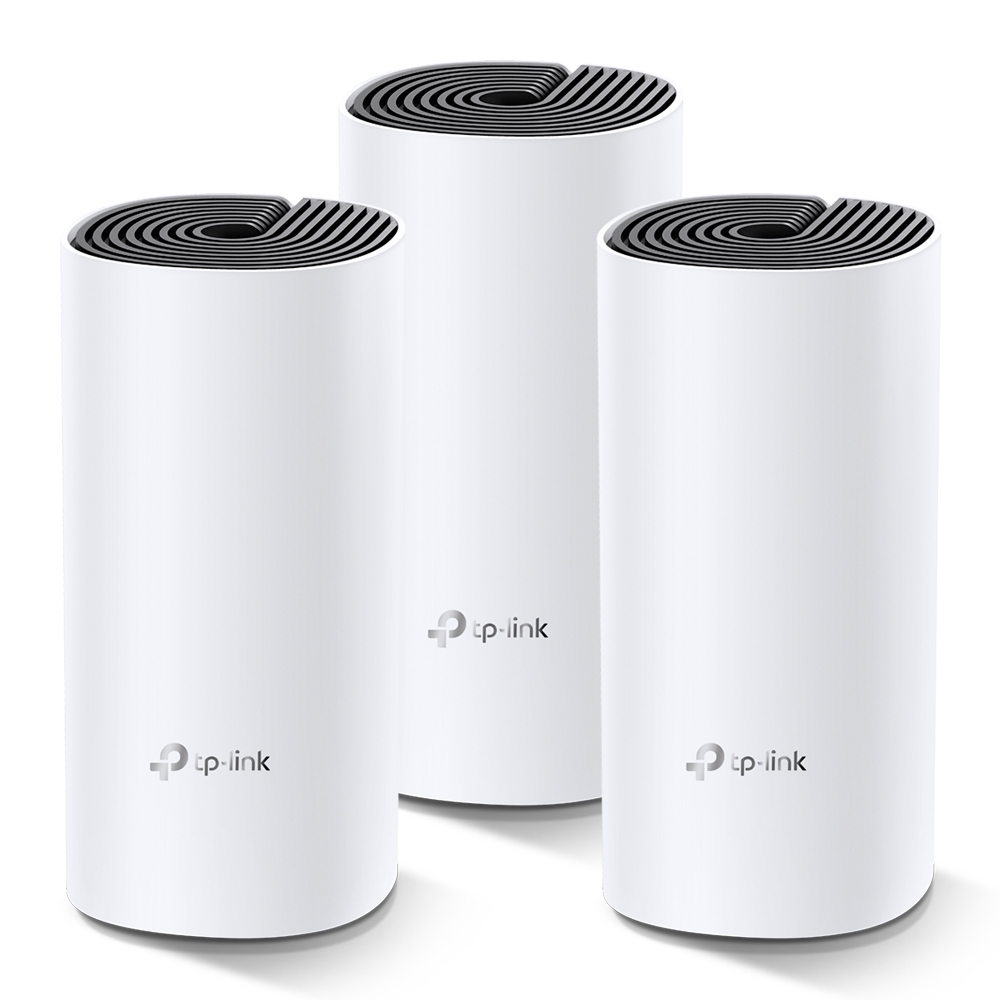L&LD
Part of the Furniture
Thank you.
my isp line is 1 Gbit (i measured 425Mbit/s down / 325Mbit/s up right now on wired) .I plan to cover 2 floors and a basement . 1 floor is around 70 m2 / 750 ft2.
2xA68u is little less than $400.
would you advise buying 2xAX68U instead of one AX86u and a cheaper one for node?
With effectively 'only' 750 SqFt in a 3D space, a single RT-AX86U would not only be cheaper than all other options, but it will also be the best because a single router should cover your area fully and give better than seamless roaming (because there will be no roaming with a single router).
I would not recommend connecting anything less than another RT-AX86U (in a wired backhaul) if you want the full benefits the main RT-AX86U will offer. Again, use any existing routers as Media Bridge's instead, for your wired capable clients (if actually needed).
With measured 425/325 Mbps speeds on a wired computer, are you sure you have 1Gbps service?
If a node is really necessary for your environment (I don't see how though, from all the information given), I would buy an RT-AX86U as the main router, and an RT-AX68U as the node. This would be until you can buy another RT-AX86U and sell the RT-AX68U at that future point.
With such a small area to cover though, a single well-placed and properly setup main router such as the RT-AX86U (and possibly even the RT-AX68U, depending on your expectations) will give you more than you need and will greatly exceed your 'mesh' expectations too (the only thing possibly better, at 10x the cost would be an enterprise system at that point such as Ruckus, etc.).




